With such much aesthetic beauty that has been lost to time, perhaps we should explore what we have lost, and appreciate it? Perhaps even we should embrace its return to our towns and cities.
Traditional Architecture- Are we losing the battle to love it?
By Ian French, of Huddersfield.
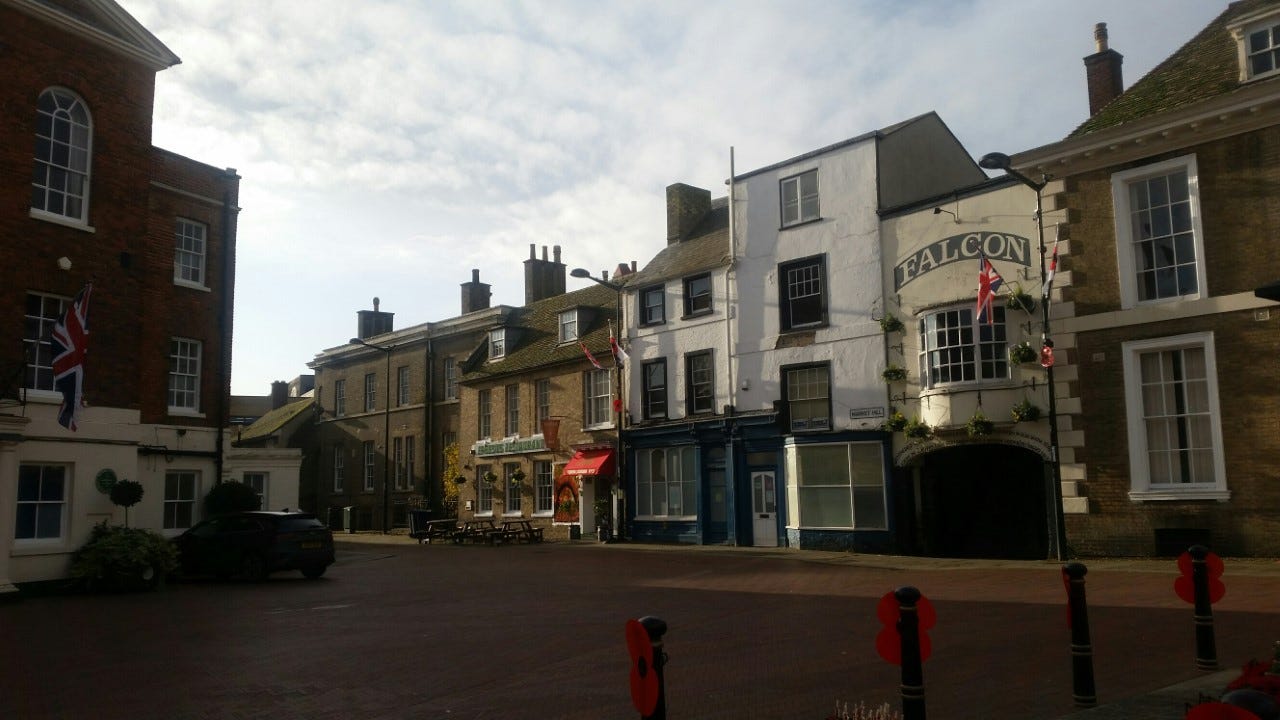
In the western world during the most important times of human civilisation and the development of organised societies, art played an important factor in culture and our ability to advance our language both in terms of paintings, but also fine architecture, resplendent in aesthetic beauty.
The buildings which sprang up during the Georgian and Victorian eras of the and 1800-1900’s are still seen amongst many of our towns and cities, and were pinnacles of artistic expression. The Industrial revolution led to these towns and cities developing rapid growth both in terms of dirty factories and other less sightly additions. But they also developed their own beautiful and unique structures filled with strange and ornate details which showcased art to the people.
Statues, gargoyles and reliefs can be seen on both exterior and interior walls, and even just a regular window was seen by architects of the day as an opportunity to display ornate flourishes in their surrounding brickwork, stonework or even tilework. The streets were incredibly beautiful and an art museum.
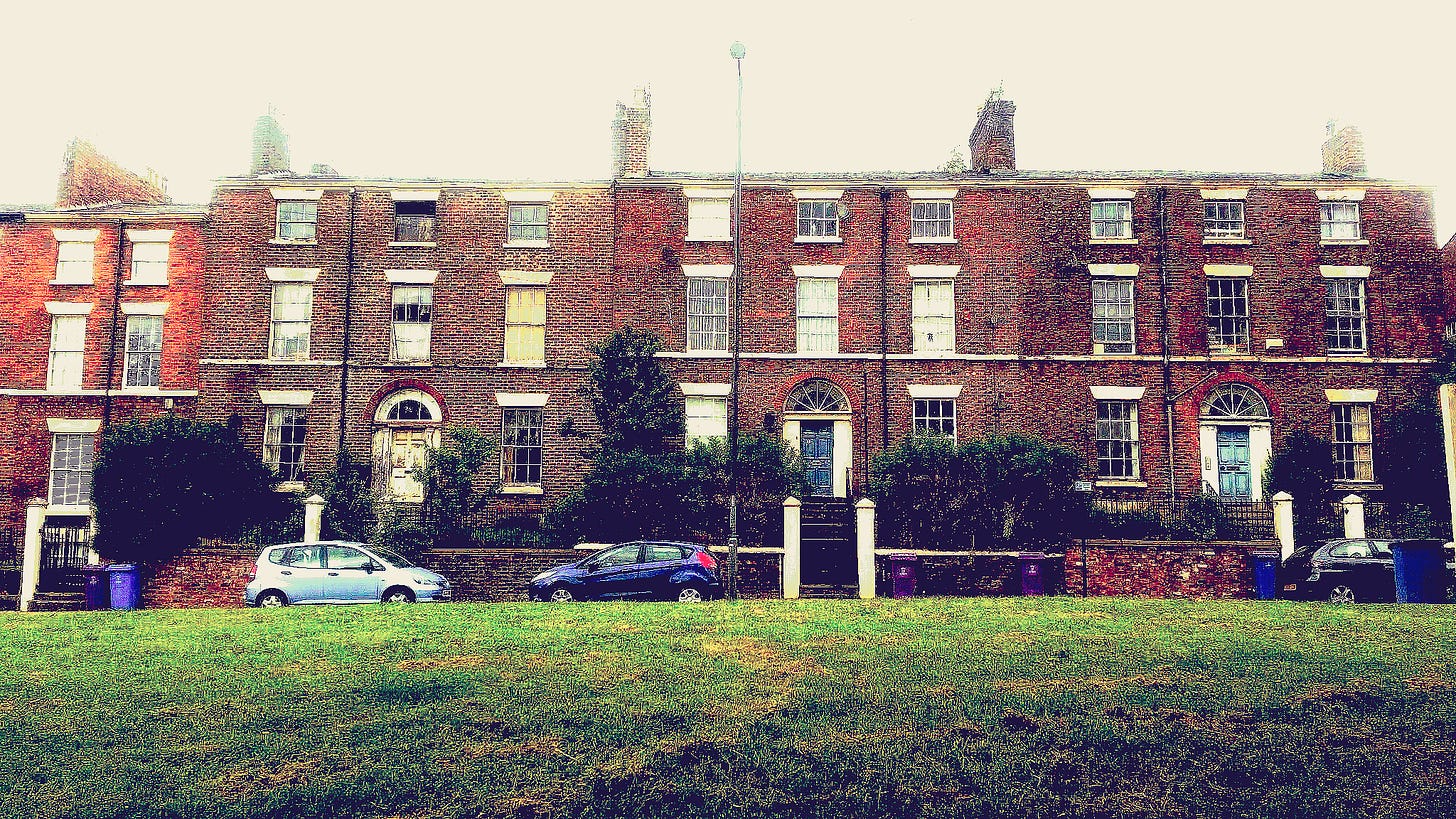
But as the decades and centuries rolled on, other artistic movements were created. In and around 1900 to 1920 we saw Art Nouveau spring up on the facades of theatres, banks and what we now regard as lavish apartment buildings. Ironically and amusingly this movement was a symbol of architectual anarchism, and could be interpreted as a revolutionary rebellion against uniform 90 degree angles found in all manners of traditional architecture.
As the 1930’s arrived, Art Nouveau then developed into Art Deco, one of the most elaborate and decandant artistic movements of the time inspired by the beauty of ancient Egyptian, Greek and Roman temples to combine and romance these arts. This movement was a powerhouse of aesthetic prowess, and property owners invested to build and even refacade their buildings with art deco themes in order to impress and attract the people that walked by them.
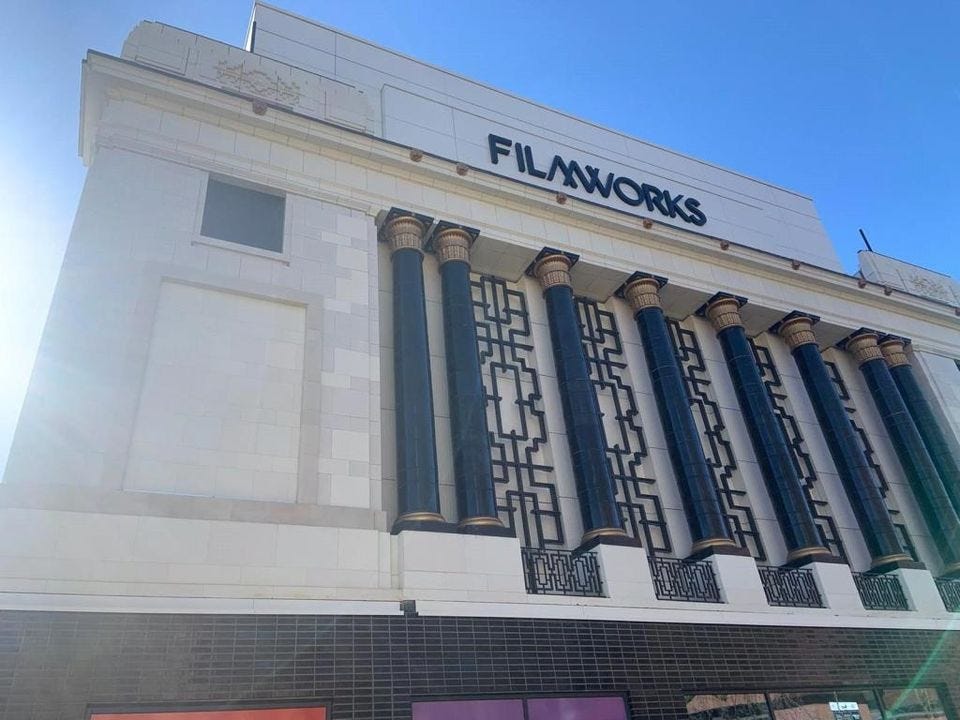
Yet these movements became under threat to social and political ideologies which both inspired and infested the world of architecture.
The likes of Bauhaus and Courbusier were born from social unrest and the ideology of Marxism. They were inspired by the statement of political power, such as Socialist principles where function was more important than form, as was an expression of civic power. Aesthetic appeal was just no longer seen as an important need.
After WW2, these modern takes on architecture from eastern Europe began to infest themselves into the western Capitalist world, and Modernist quickly became Brutalist. Our skylines began to change as our traditional architecture was replaced by Brutalist monstrosities bereft of any individual character with reference to the local area.
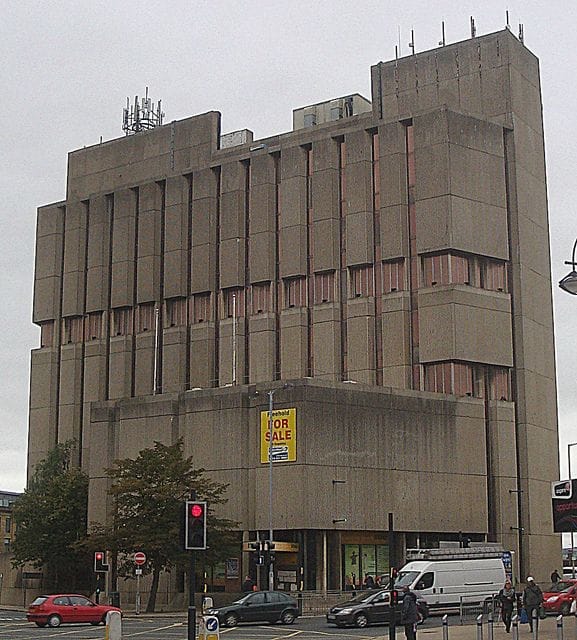
Gone was the local stone. Gone was the desire to display local family heritage enscribed in the porticos and above doorways, and statues of important local figures such as property developing industrialists began to vanish from an architect’s drawings . A uniformity became apparent, where a new office block in Huddersfield or Newcastle, could be replicated all around London, and any other major towns or cities. Carbon copies of simplistic and mundane modernist buildings were copy and pasted across all our communities, as we fell out of love with the traditional street art we held so dear.
Modernism destroyed our heritage, or local identity. Our once decadent towns and cities became a mishmash patchwork quilt, where the beauty of an ornate Victorian bank showcasing local landmarks in the reliefs in the doors, could be overshadowed by a towering concrete box with uninspiring uniform window apertures.

Art should inspire. It should seduce, and this translates into architecture.
If a building has not been able to ‘WOW!’ you, then it hasn’t impressed you. If it hasn’t impressed you then it must have fallen short in aesthetic appeal. If a building is lacking in aesthetic appeal, then there is nothing to spark our interest to look up to. It no longer becomes an expression of art.
If the design of a building causes oneself to react in disgust, then it has utterly failed to be beautiful as it now becomes controversialy divisive and ugly.
Councils have lost the ability to love and respect our buildings, and sadly this problem is still prevalent to this day. The modern office blocks, educational campuses and apartment blocks that are being welcomed by todays council planning commitees, still hold strong links to the past of Brutalism.
Surely with such talk of respecting heritage and the restoration of old buildings, commonly discussed amongst civic societies and local authority planning officers, one would expect someone in such authority to think twice about if the appearance of a new development maintains the important need for aesthetic appeal and a reference to local heritage characteristics.
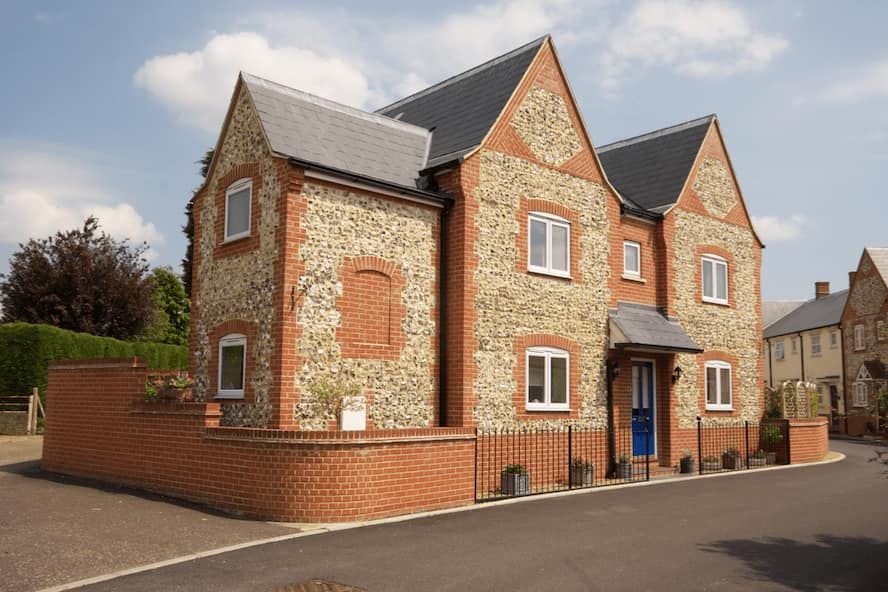
But it’s not all doom and gloom. Around the world, there are others who share the same concerns, and there are property developers out there who respect and admire traditional architecture and aim to replicate forgotten architectural styles. This movement is called ‘Architectural Revival’, and although seems to be a fringe interest, it is garnering support amongst social media platforms. If only councils could sit up and take notice that there are still some people that care.
If this architectural movement is welcomed by planning committees, we could see the the improvement of appearance in our streets. It’s a mammoth task, remeniscent of the fight of David VS Goliath, but all it takes is a word of encouragement to property developers to embrace traditional architecture themes in their conceptual drawings. If councils have their hands tied to give such advice, then maybe central governments can play a part in allowing councils to advise in such a manner.

One can only hope. There are solutions out there to rid the streets of further Modernist and Brutalist advancement, and to restore artistic beauty. Boris, are you listening?
I hope so.
Ian French.
This article can also be found in Podcast episode audio format…
Podchaser:
https://www.podchaser.com/podcasts/ian-frenchmutterings-from-a-fr-1663829/episodes/traditional-architecture-are-w-94528105Pocketcasts:
https://pca.st/2rab56a2Breaker:
https://www.breaker.audio/ian-french/e/90272253Huffduffer:
https://huffduffer.com/ianfrench/615587Spotify:
Apple Podcasts:
https://podcasts.apple.com/pt/podcast/traditional-architecture-are-we-losing-battle-to-love/id1559707255?i=1000528111409